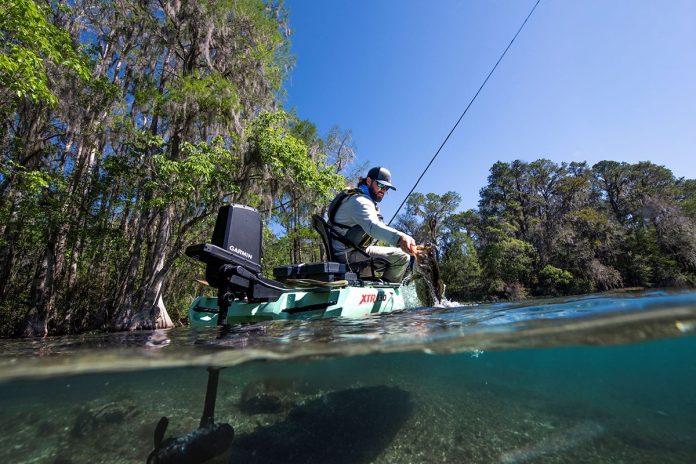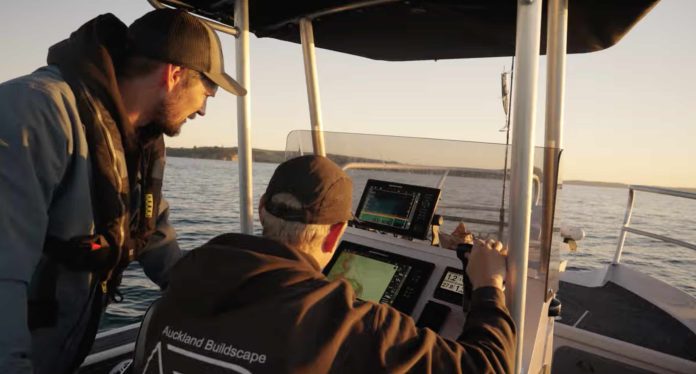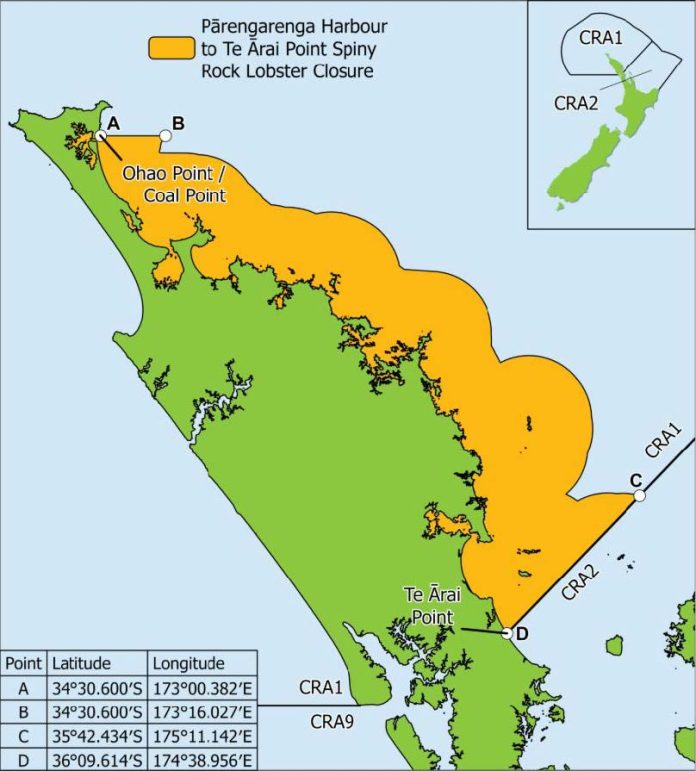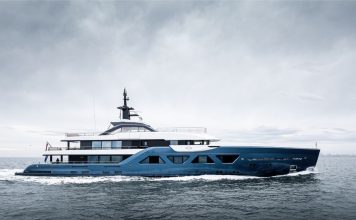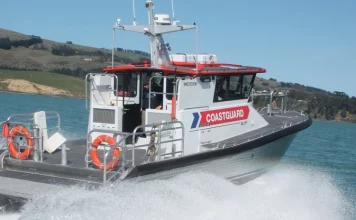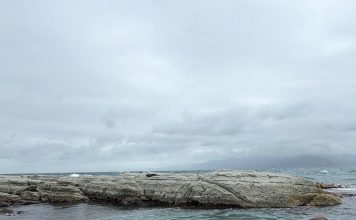When Garmin launched the Force Current in July 2025, it did more than just release a new trolling motor—it kicked off a fresh chapter in the evolution of kayak fishing. Aimed squarely at the fast-growing market of tech-savvy anglers, the Force Current is Garmin’s first dedicated kayak motor. And while there’s already no shortage of trolling motors on the market, this one is different: it’s designed to replace both your rudder and your trolling motor in a single, integrated unit.
It’s a bold play—and one that earned Garmin the “Best Motorized Boating Accessory” title at ICAST 2025.
ICAST 2025: The world’s biggest fishing trade show wraps in Orlando
But does it live up to the hype?
Trolling motor adoption steadily rising in New Zealand
For years, trolling motors were an American thing—bow-mounted gadgets used to sneak around bass lakes or hold station in coastal shallows. But here in New Zealand, their adoption has been steadily rising. Most Kiwi trailer boats now come pre-rigged with mounting plates, and it’s not uncommon to see electric motors humming quietly on the bows of alloy centre-consoles or fibreglass sportfishers.
The logic is simple: stealth equals success. Whether you’re slow-drifting a soft bait through reef structure or anchoring over a bitey patch in a harbour channel, a quiet electric motor beats a splashy anchor or noisy outboard every time.
And no vessel takes stealth more seriously than the humble fishing kayak.
Sit-on-top (versus sit-inside) kayaks are a favourite among Kiwi anglers thanks to their stability, mod-ability, and surprisingly big-fish capabilities. From chasing snapper in the Coromandel to hauling kingfish off the wild west coast of Northland, kayaks are as close to invisible as it gets.
So the idea of adding a silent, steerable, anchor-lock-capable trolling motor designed specifically for these craft? That’s big news.
What’s already out there?
Until now, most electric kayak setups have involved a mix of hardware: a rear-mounted propulsion unit (like a Newport NK300 or Torqeedo 1103), and a separate bow-mounted trolling motor such as a Minn Kota, Haswing, or MotorGuide.
These combinations work well, but it is recognised that use could be easier. Some anglers add a Power Pole for shallow-water anchoring. Others rely on drift chutes or manual grapnels.
Which is exactly what Garmin seems to be solving.
Inside the Force Current
At its core, the Force Current is an all-in-one electric trolling and steering system for kayaks. It’s controlled via a wireless foot pedal or Garmin’s gesture-sensitive handheld remote. The idea? Keep your hands on the rod and your eyes on the water—while your feet or wrist do the navigating.
Key features include:
- Spot lock anchoring using dual-band GPS
- Forward and reverse thrust
- Steerable throttle via wireless foot pedals or remote
- Chartplotter and smartwatch integration
- A brushless motor for quieter, more efficient running
- Dual voltage (12V or 24V), delivering up to 50lb of thrust
- Rugged saltwater-ready construction with quick-stow rope kit
The unit mounts on the stern of the kayak using a standard 4-hole pattern and comes with two interchangeable props: one high-efficiency, the other weedless for vegetation-heavy areas.
Retail price in New Zealand? $6,999 with foot pedals, or $5,999 without.
A stealthy upgrade?
Kayak fishing around New Zealand covers a wide spectrum—from calm harbours like Tauranga and Auckland, to more exposed coastlines such as the eastern Bay of Plenty, Wairarapa, and Taranaki. In the calmer areas, most fishing is done at anchor, on the drift, or by slow-pedalling while watching a fish finder.
But in tougher terrain—particularly where there’s surf to punch or reefs to navigate—the ability to quietly sneak into position and hold there with GPS accuracy is a serious upgrade.
And that’s where the Force Current stands out.
You can stalk close to kelp beds or bommies without needing to anchor. When the wind picks up, you can Spot Lock the kayak while unhooking a fish, re-rigging, or even just pausing for a breather. The foot pedal controls allow micro-adjustments while casting into structure.
And perhaps most importantly, it makes hands-free lure fishing genuinely possible from a kayak.








